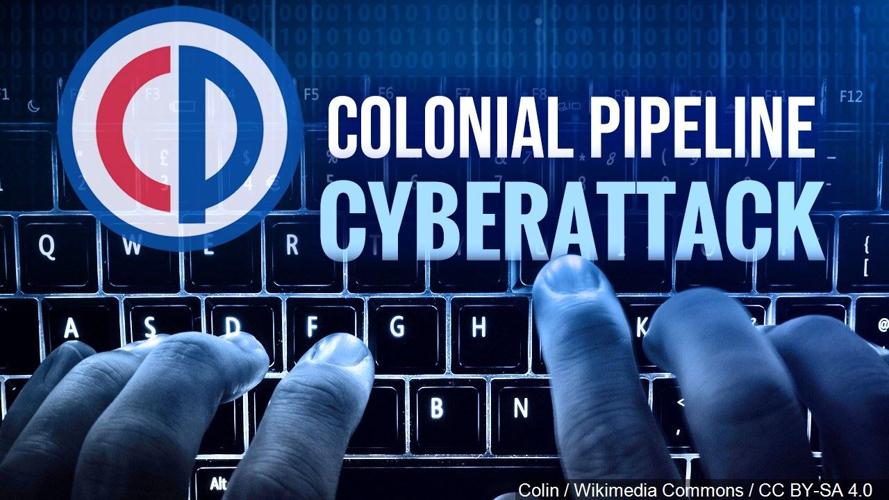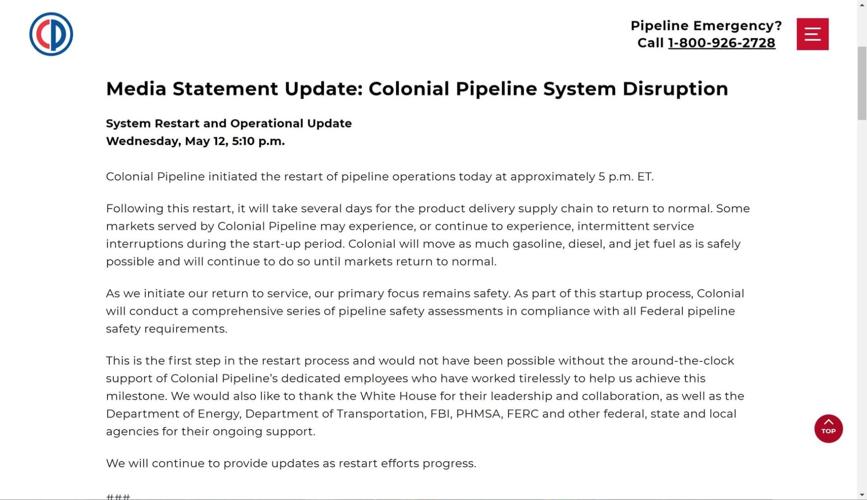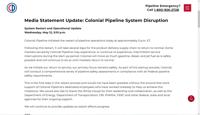(WSIL) -- Colonial Pipeline says it has restarted pipeline, will resume deliveries, days after hackers forced it to shut down.
The company says following the restart it will take several days for the supply chain to return to normal. Some markets served by Colonial Pipeline may experience, or continue to experience, intermittent service interruptions during the start-up period.
Colonial will move as much gasoline, diesel, and jet fuel as is safely possible and will continue to do so until markets return to normal.
The Colonial Pipeline, which delivers about 45% of the fuel consumed on the East Coast, was and demand a ransom to release them. The attack raised concerns, once again, about the vulnerability of the nation’s critical infrastructure.
As part of the start-up process, Colonial will conduct a series of pipeline safety assessments.
RELATED:
In a statement the company said, "This is the first step in the restart process and would not have been possible without the around-the-clock support of Colonial Pipeline’s dedicated employees who have worked tirelessly to help us achieve this milestone. We would also like to thank the White House for their leadership and collaboration, as well as the Department of Energy, Department of Transportation, FBI, PHMSA, FERC and other federal, state and local agencies for their ongoing support."
RELATED:

Although there was no gasoline shortage, there was a problem getting the fuel from refineries on the Gulf Coast to the states that need it, and officials were scrambling to find alternate routes to deliver it.
In the meantime, drivers have been finding gas stations with little or no gas in some Southeast states.
“What you’re feeling is not a lack of supply or a supply issue. What we have is a transportation issue,� said Jeanette McGee, spokeswoman for the AAA auto club. “There is ample supply to fuel the United States for the summer, but what we’re having an issue with is getting it to those gas stations because the pipeline is down.�
The pipeline runs from the Gulf Coast to the New York metropolitan region, but states in the Southeast are more reliant on it. Other parts of the country have more sources to tap.
Multiple U.S. agencies are coordinating to relax rules and enable fuel to be shipped faster using trucks, trains or ships, but those changes are having little impact so far.
The White House said Wednesday that the Department of Transportation is now allowing states served by the pipeline to use interstate highways to transport overweight loads of gasoline and other fuels. But there’s a national trucker shortage, so the industry isn’t able to put many more trucks on the road.
Nationwide there are about 121,000 convenience stores that sell about 5,300 gallons per day of gasoline, accounting for about 80% of retail fuel sales. At many stores demand has been two to five times the normal amount, said Jeff Lenard of the National Association of Convenience Stores, in a conference call with reporters. Retailers are even running out of fuel in parts of Florida that are not dependent on the pipeline, he said.
Rationing has been imposed after some natural disasters, including Hurricane Sandy in 2012, but there could be resistance to that this time, especially if it looks like the pipeline could return to normal operation in a few days.
It could also backfire. “Once rationing occurs, more panic buying ensues,� said Ryan McNutt, CEO of the Society of Independent Gasoline Marketers of America.
The national average price for a gallon of gasoline ticked above $3 for the first time since 2016 Wednesday, according to the AAA. Prices begin to rise around this time every year and the auto club said Wednesday that the average price hit $3.008 nationally.


















